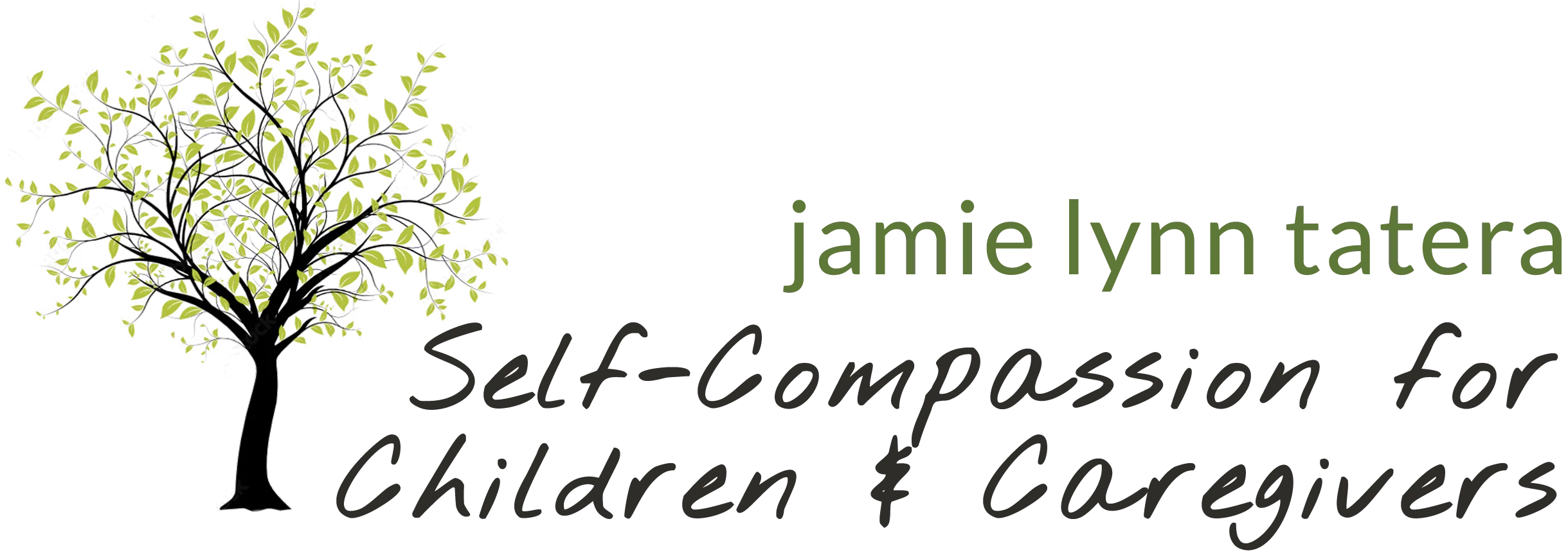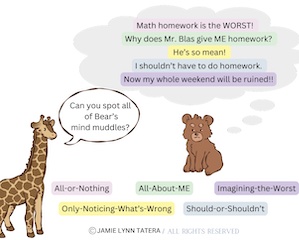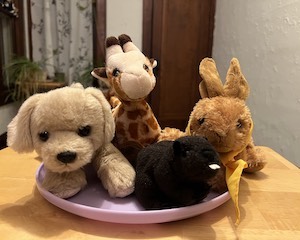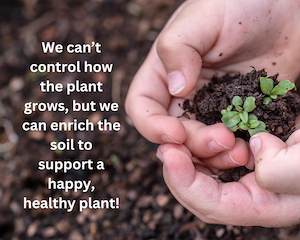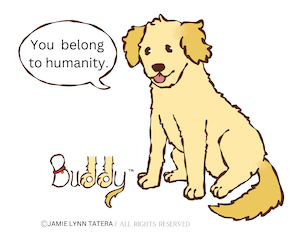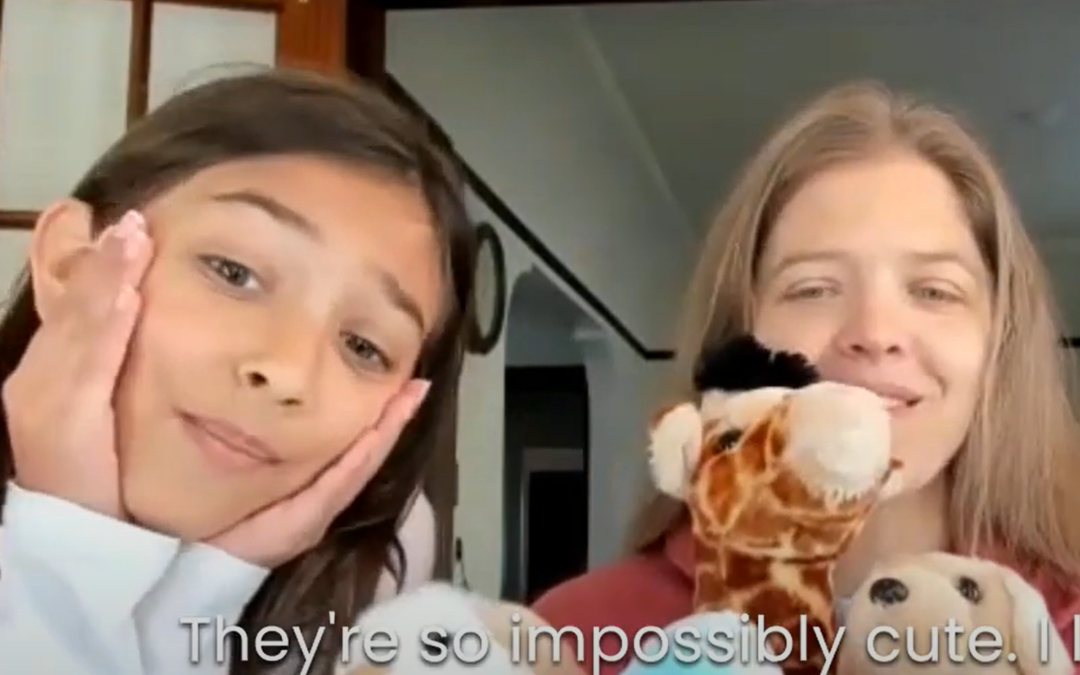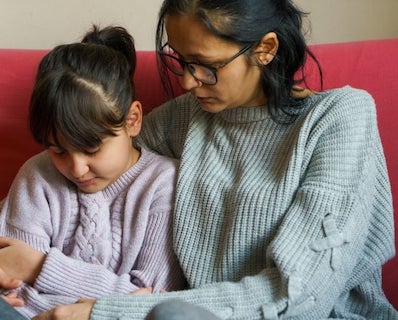So, it’s summer, and my kids are out of school. Yay! Boo! Both things are true.As a mom who works from home, having kids home for the summer presents both gifts and challenges. The kids see that I am at home, and they think that they can interrupt whatever I’m doing...

